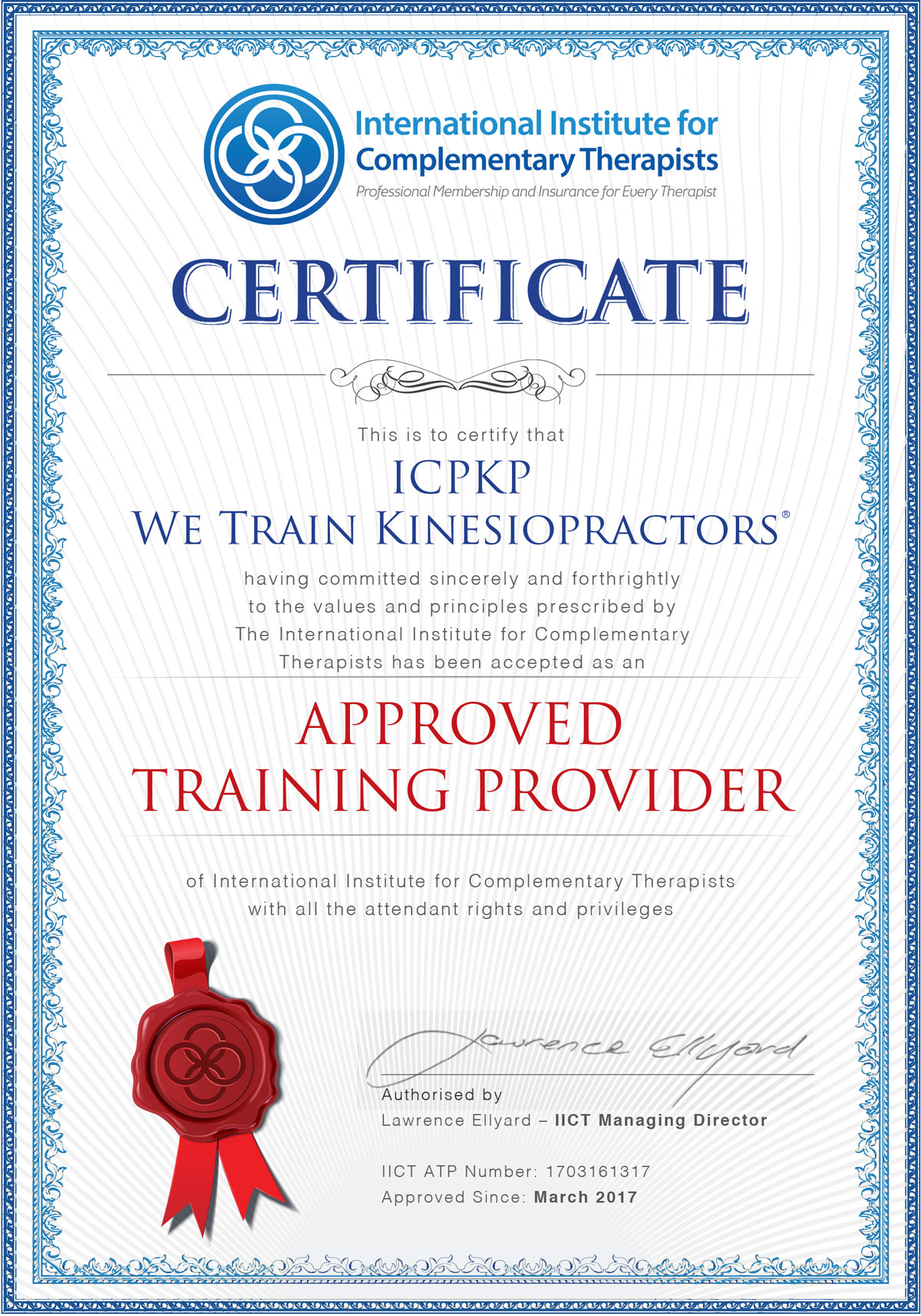PKP Vs The Treatment Model
PKP™ does not use the treatment model.
There is an expectation when a person is going for a treatment that the practitioner has the skills to know what their problem is (i.e. they can diagnose) and can provide an effective treatment – whether it is natural, drug or surgery – to reduce the symptoms and get rid of the problem. This puts the practitioner in a position of power over a client who is, in that consultation, looking outside themselves to find the answer. The practitioner works ‘on’ the client. Most natural therapies use this treatment model.
While PKP™ has much in common with other kinesiology families, we have an underpinning philosophy that is quite different from ‘kinesiology’ as used by other kinesiology systems. PKP™ Practitioners do sessions with a client. They don’t ‘give clients a balance’. PKP™ students study the foundational principles of Kinesiology in the early stages of their training where they learn to balance body energies using a process similar to the late Dr John Thie DC’s simple Touch for Health balance which John developed to help his clients to help manage their own recovery process or manage minor problems at home.
The Participatory Model
It is very clearly spelled out in PKP™ training that the client is the person who has the answers to their own problem, and the PKP™ Practitioner merely helps them to find it. This is the PKP™ model and it requires the participation of the client in creating their own solution. A PKP™ Practitioner aims to balance the body energies to maximise the body’s healing opportunity.
The PKP™ Practitioner does not treat diseases, or medical/health conditions, meaning that they don’t ‘fix’ a problem, they help a person create the life they want instead.

